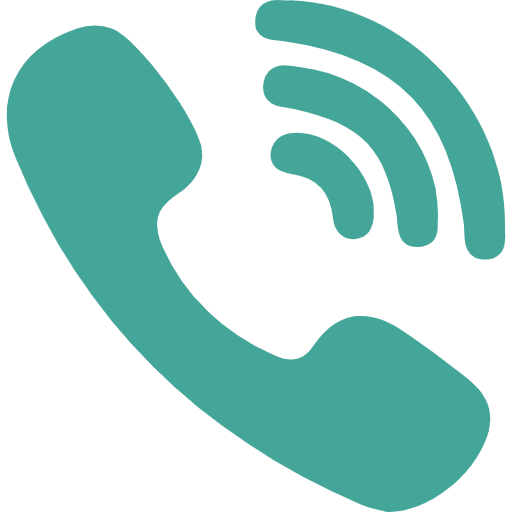“Technology is best when it brings people together.”
— Matt Mullenweg, Co-founder of WordPress
The advent of 5G technology is more than just a leap in connectivity—it’s a revolution that promises ultra-fast speeds, low latency, and seamless global connectivity. For mobile applications, this means an era of unprecedented opportunities and challenges. However, as developers gear up to leverage 5G’s potential, the realm of mobile application testing is also undergoing a dramatic transformation. Let’s dive deeper into how 5G is shaping mobile app testing and what it means for businesses and testers alike.
5G Technology: A Game-Changer for Mobile Applications
5G is not just an upgrade from 4G; it is a paradigm shift. With speeds up to 100 times faster than its predecessor and latency reduced to as low as 1 millisecond, 5G is enabling applications that were previously considered futuristic. For instance:
- Augmented Reality (AR) and Virtual Reality (VR) apps are now more immersive and responsive.
- IoT ecosystems are expanding with real-time data exchange.
- Cloud gaming platforms like Xbox Cloud Gaming and NVIDIA GeForce Now are thriving due to faster streaming capabilities.
But with these advancements come complexities, making comprehensive mobile application testing more critical than ever.
The Impact of 5G on Mobile Application Testing
1. Enhanced Network Testing Requirements
With 5G, network testing becomes more nuanced. Testers must account for:
- Varied speeds and connectivity conditions: From urban areas with ultra-fast connectivity to remote regions still transitioning to 5G.
- Latency-sensitive applications: For AR/VR, gaming, and live streaming apps, even a slight network lag can ruin the user experience.
Example in Action: Think of an AR shopping app like IKEA Place. With 5G, users can visualize furniture in real-time. Testing such an app now involves ensuring seamless connectivity, even with heavy data loads.
2. Real-Time Performance Testing
With 5G, users expect blazing-fast app performance. This requires testers to:
- Simulate high-speed data transfer scenarios to check how apps handle large volumes of data.
- Evaluate server response times under near-instantaneous network conditions.
Modern Reference: Social media platforms like Snapchat and Instagram are leveraging 5G to offer real-time AR filters and live-streaming features. Testing these apps involves ensuring they perform flawlessly, even during peak traffic hours.
3. Testing for Edge Computing and IoT
5G supports edge computing—processing data closer to the source rather than relying on centralized servers. This is crucial for IoT apps, where real-time responses are essential.Testers now need to validate:
- The interoperability of IoT devices across different 5G networks.
- The accuracy of edge processing, especially for critical applications like smart cars or healthcare devices.
Example in Action: Autonomous vehicles, powered by IoT and 5G, require millisecond-level responses to avoid accidents. Testing such systems now involves simulating edge computing environments to ensure ultra-fast decision-making.
4. User Experience Testing Gets a Boost
5G enables richer app experiences, such as 4K video streaming and interactive AR elements. However, this also means:
- UI/UX testing must cover high-definition visuals and interactive features.
- Testers need to evaluate apps on a variety of devices and screen resolutions to ensure uniform experiences.
Trending Example: Video streaming apps like Netflix and Disney+ are testing 4K and HDR streaming on mobile devices. Ensuring smooth playback without buffering becomes a critical part of testing in the 5G era.
5. Security and Privacy Testing Amplified
With 5G increasing the scale and speed of data transfer, cybersecurity risks also grow. Testers must now focus on:
- Data encryption protocols to safeguard user information during high-speed transfers.
- Identifying vulnerabilities in apps that rely on multi-device connectivity (e.g., smart home systems).
Modern Concern: Video conferencing apps like Zoom have faced scrutiny over data security. With 5G enabling higher user volumes, testing for secure data transmission becomes non-negotiable.
6. Increased Automation in Testing
The complexities introduced by 5G demand faster and more efficient testing processes. Test automation becomes indispensable for:
- Simulating real-world 5G scenarios, such as varying speeds and latencies.
- Executing repetitive regression tests to ensure stability across multiple network conditions.
Example in Action: Tools like Selenium and Appium are now being adapted to handle the unique challenges of 5G testing, enabling quicker feedback cycles for development teams.
Challenges in Mobile App Testing for 5G
While 5G opens up exciting possibilities, it also presents challenges for testers:
- Infrastructure Limitations: Testing 5G-enabled apps requires access to 5G networks, which may not yet be universally available.
- Cost Implications: Simulating 5G environments and purchasing compatible devices can increase testing budgets.
- Device Fragmentation: With 5G adoption varying across regions, testers must ensure apps perform well on both 5G and legacy networks like 4G or 3G.
Preparing for the Future of Mobile App Testing
To stay ahead in the 5G era, businesses and testing teams should:
- Invest in 5G testing tools: Platforms like HeadSpin and Perfecto already offer 5G capabilities for mobile app testing.
- Leverage AI in testing: AI-driven tools can simulate real-world 5G scenarios and predict potential performance bottlenecks.
- Upskill teams: Testers must be trained in cutting-edge technologies like edge computing, IoT, and AI-based testing.
Conclusion: Embracing the 5G Revolution
As 5G continues to reshape the digital landscape, its impact on mobile application testing is profound. From real-time performance testing to edge computing validation, testers must adapt to new challenges and opportunities.The key to success lies in embracing innovation—leveraging advanced tools, automating processes, and ensuring robust security. For businesses, delivering seamless and secure app experiences on 5G will be the defining factor in staying competitive.The 5G revolution is here, and it’s changing the rules of the game. The question is: Are you ready to test for the future?

